Whether you’re on the road, a velodrome or carving up mountain trails, your bike riding is going to be significantly improved with a proper strength and conditioning routine. Strength training for cycling is often overlooked because it takes you off the bike, but with a small shift in perspective we’d like to suggest it will actually pack more riding into your life over time.
Source: 24K-Production – Adobe Stock
Strength Demands of Different Rider Types
Depending on the type of bike riding you choose to participate in, the demands on your body will also change from style to style. While there’s certainly cross over amongst the three types we have categorized below, they all have distinct differences that are unique to that particular discipline.
Mountain Biking
Source: yanik88 – Adobe Stock
Diverse terrain, varying depths, hard corners, jumps, rocks, roots and everything the outdoors has to offer are factors that every mountain biker must deal with. The movement is much more dynamic than road or track cycling, and in terms of force absorption this is most definitely the hardest type of biking on your body.
It is well known that adult road cyclists are typically at a much higher risk for osteoporosis than other athletes. Some studies actually show their bone density to closely resemble (and in one case, even be lower than) sedentary control groups. This is not encouraging news for the cycling community.
Conversely, related research has made note of mountain biking being a possible cycling alternative that doesn’t so negatively affect a person’s bone density. Operation of a heavier bike, turbulent jolts and violent carving all translate to more load being put through your body. Strength training for mountain biking should prepare you to handle these types of forces.
Road Cycling
Source: ibravery – Adobe Stock
As mentioned above, road cyclists tend to have a lower bone mineral density compared to other athletes and even the general population. This is because the bike is supporting you while you’re riding, so even though your legs are pumping hard and your heart is beating fast, your bones are sitting there wondering what all the huff and puff is about.
Another factor to consider with road cycling is the prolonged, folded over postures you’ll often find yourself in. The hips have to work in a less than optimal range, the lower back is in a vulnerable position and the neck gets craned back (only some of the issues unfortunately). Low back problems, faulty breathing patterns and tight hips are often the result.
Strength training for cyclists should focus on correcting these postural and functional shortcomings. Introducing load through the body off the bike will help you become stronger on the bike. Not only that, a properly designed program will actually make riding more comfortable and lower your risk of injury despite the less than optimal positions you might find yourself in.
Track Cycling
Source: AboutLife – Adobe Stock
Track cycling is a unique discipline within the broader realm of our sport. There are many types of events and formats, but for the purpose of this article we want to focus on the particular differences in sprint cycling. These are races performed over short distances where maximum power and force production is required.
Athletes who are successful in sprint cycling tend to have a higher composition of type II (fast twitch) muscle fibers. Individuals with more fast twitch fibers are capable of producing quicker movements and generating more strength in a shorter period of time (power). There is a direct correlation between muscle fiber composition and sprint cycling performance.
Different muscle fibers react to different training modalities. An explosive athlete like a sprint cyclist will likely be doing a lot of jumping and sprinting exercises. Training with heavy weights for low repetitions will also be common in order to teach their body to produce as much force as possible in as little time as possible. Long, leisurely rides will be for nothing more than recovery.
Lifting Weights For Cycling
Source: Flamingo Images – Adobe Stock
Incorporating weight lifting into your cycling training plan is a great way to make yourself stronger on the bike, balance your pedal stroke and most importantly reduce the risk of injury. The #1 goal of any athlete in the gym (unless you’re a powerlifter, olympic lifter or bodybuilder) is injury prevention, because nothing else matters if you can’t actually do your sport.
Determining how to train, what exercises to do, in what rep range and at what weight can all be tricky variables if you don’t have much experience in the gym. This is where the help of a one-on-one coach becomes valuable, as they’ll be able to provide you with the guidance necessary to ensure you’re not wasting your time doing something counterproductive.
As we’ve already seen, the type of riding you’re doing is going to determine the bulk of your strength training routine. You might be wondering though, is there anything I can do for strength training outside the gym? Regardless of whether I’m a mountain biker, road or track cyclist? The answer is yes!
At Home Strength Training For Cyclists
Dynamic Cyclist is our fully immersive training platform that combines mobility, stretching, injury prevention and strength workouts all into one, easy to use interface. We’ve taken care of all the programming, technical work and coaching so that all you have to do is follow along!
To give you a taste of the world class instruction and workout quality we provide, we’ve included below one of our FULL BODY routines that is going to work you from head to toe. Everything at Dynamic Cyclist is designed to make you better on the bike, regardless of what discipline you most participate in.
Follow along with Alisha, Dynamic Cyclist’s certified coach!
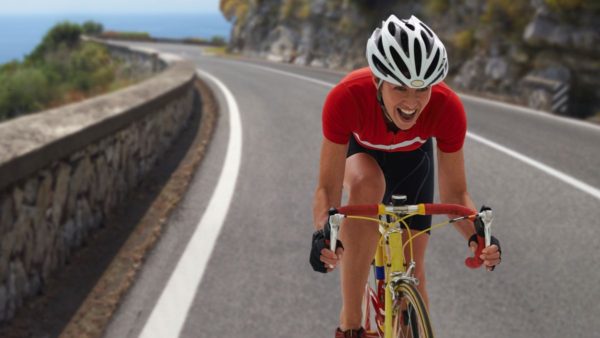
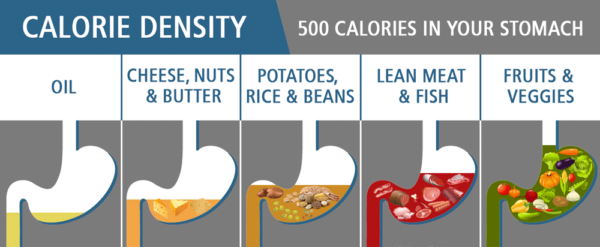
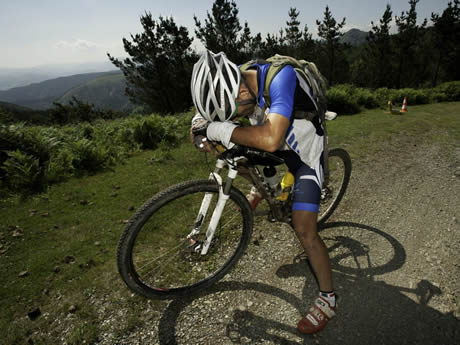
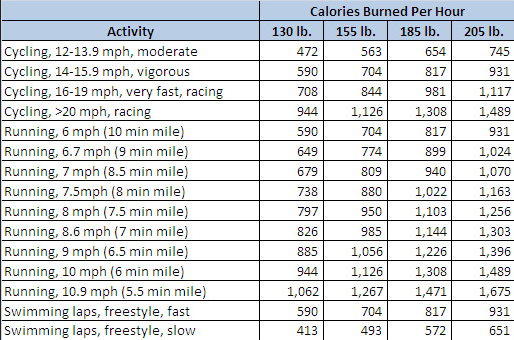
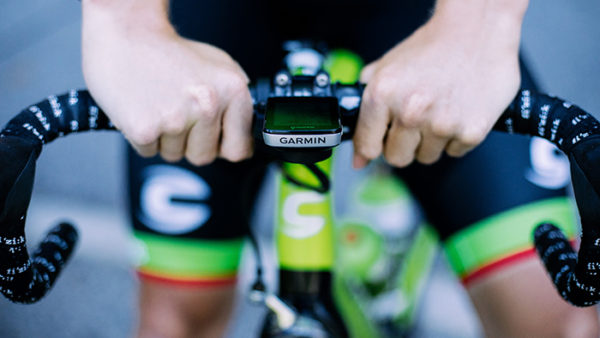

 After you have your new power meter ready to go on your bike, the next step is to do some baseline tests to determine your power profile. Ideally, you will want to determine the maximum power you can produce for 5 seconds, 1 minute, 5 minutes and 30+ minutes (this last one is referred to a
After you have your new power meter ready to go on your bike, the next step is to do some baseline tests to determine your power profile. Ideally, you will want to determine the maximum power you can produce for 5 seconds, 1 minute, 5 minutes and 30+ minutes (this last one is referred to a 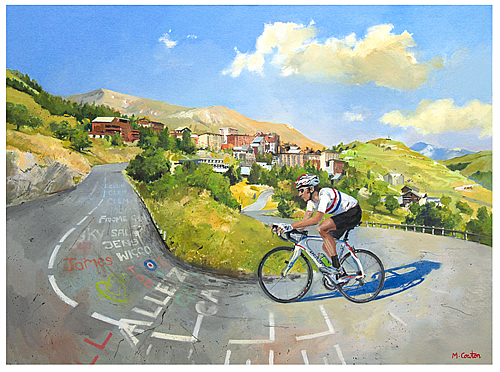



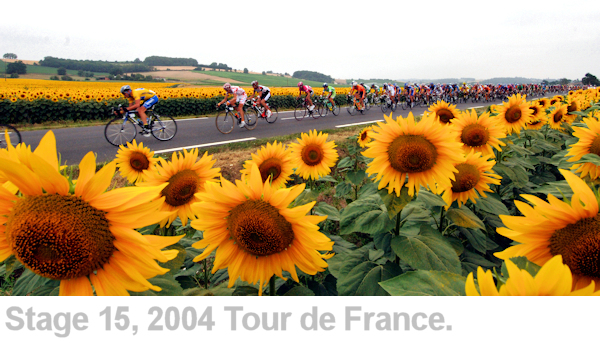
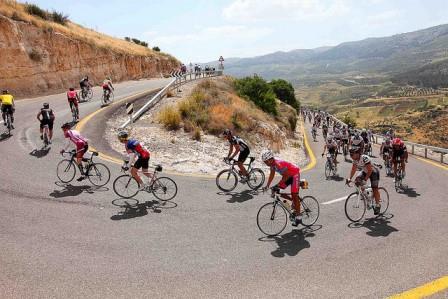
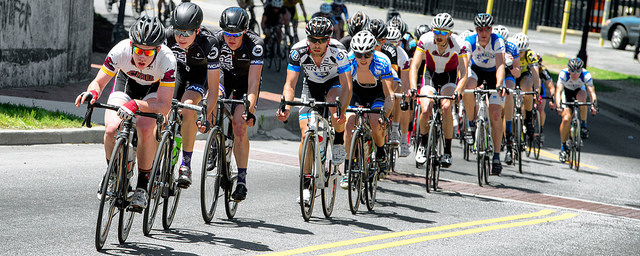
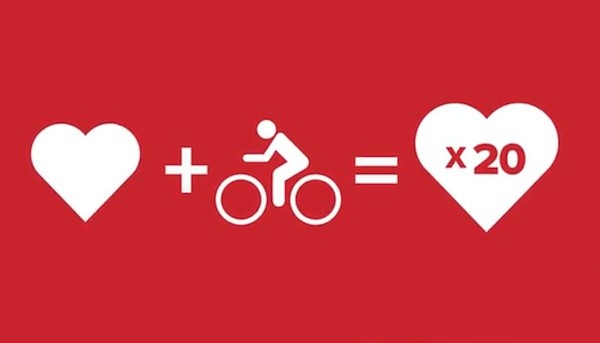 The cycling industry is huge and there are many reasons for this. Here are some interesting facts relating to the cycling industry you might not know:
The cycling industry is huge and there are many reasons for this. Here are some interesting facts relating to the cycling industry you might not know: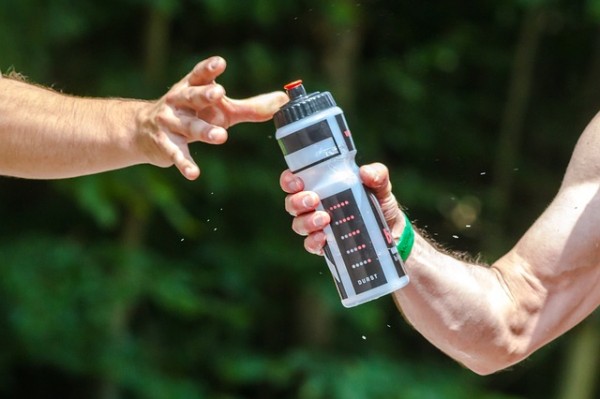 Your water bottle is going to be an ever-present fixture of your rides and thus is going to see an awful lot of use over the years. Whether you’re just filling it with water of you prefer sports drinks, it is important to make sure that it is always clean before you use it again, else it will simply become a breeding ground for bacteria and may lead to you contracting an illness that keeps you off your bike.
Your water bottle is going to be an ever-present fixture of your rides and thus is going to see an awful lot of use over the years. Whether you’re just filling it with water of you prefer sports drinks, it is important to make sure that it is always clean before you use it again, else it will simply become a breeding ground for bacteria and may lead to you contracting an illness that keeps you off your bike.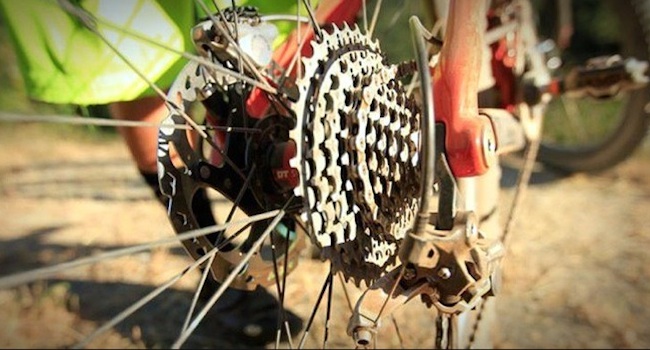 As a new cyclist the first step is learning how to
As a new cyclist the first step is learning how to 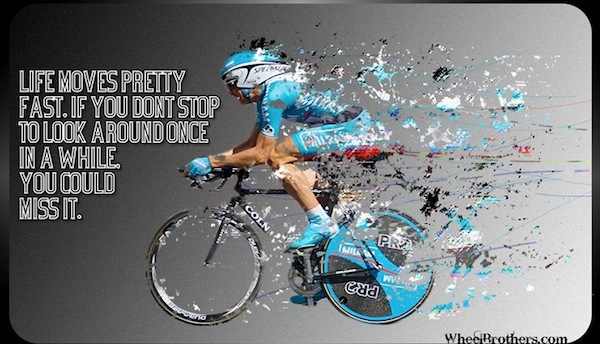 Whether you’re a road cyclist or a triathlete all of us have one common goal…RIDE FASTER! Perhaps you’re putting in the time, yet aren’t seeing the desired results. It’s possible you’re not doing the right training that will translate to increased mph. However, by following the five tips below you’ll increase your speed and work towards that PR you’ve been chasing.
Whether you’re a road cyclist or a triathlete all of us have one common goal…RIDE FASTER! Perhaps you’re putting in the time, yet aren’t seeing the desired results. It’s possible you’re not doing the right training that will translate to increased mph. However, by following the five tips below you’ll increase your speed and work towards that PR you’ve been chasing.